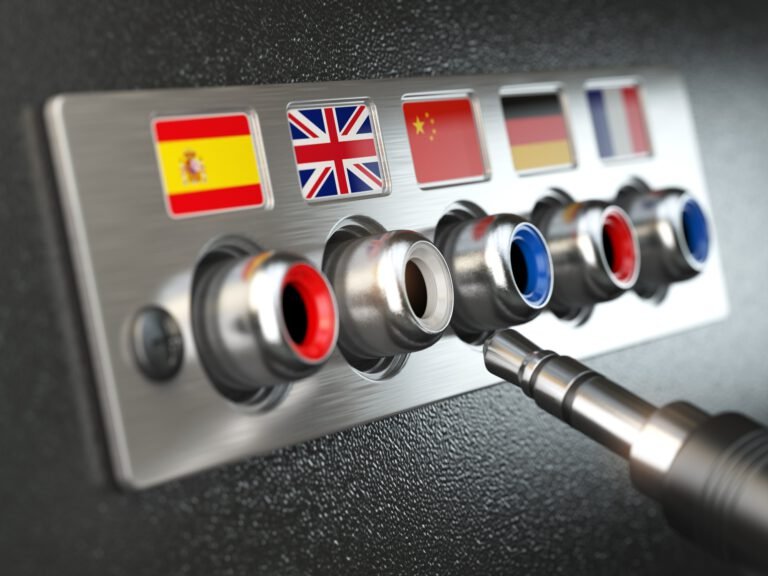What Is the ADHD Inner Voice?
The ADHD inner voice isn’t just a monologue—it’s a whole ecosystem. It’s the constant hum of ideas, plans, worries, and inspirations all jumbled together, refusing to take turns. It’s also the thing that trips you up, makes you hyper-focus on the wrong thing, or reminds you for the hundredth time that you forgot to call your mom. But it’s more than chaos; it’s also where creativity blooms, where problem-solving thrives, and where your most authentic self lives.
People without ADHD might have an inner voice that’s orderly or muted, something they can consciously tune into or ignore. But for us? That voice is always on. So when medication quiets it, even just a little, it can feel like losing a lifelong companion—even if that companion was also a bit of a troublemaker.
The Strange Experience of No Inner Voice
Ritalin, Adderall, and other ADHD medications don’t erase the inner voice—they just turn down the volume. But for someone whose identity feels tied to that constant buzz, the shift can feel surreal. I remember sitting there after my first dose, wondering, “Where did I go?”
Without the chatter, you suddenly notice things you never could before. The ticking of a clock becomes deafening. A single task commands your full attention. Your brain feels like a library where everyone is finally whispering, but it’s too quiet.
For people without ADHD or an inner voice at all, this might sound like paradise. But for those of us who’ve spent our lives navigating a storm, the calm can feel like losing a sense—like your sight or your hearing has been dulled.
Understanding “No Inner Voice” in Neurotypical Minds
Not everyone has an inner voice. For some neurotypical people, thoughts come as abstract concepts or visuals rather than words. For someone with ADHD, that’s almost impossible to imagine. How do you make decisions without the running commentary? How do you self-soothe without a voice to talk you through it?
When the inner voice vanishes on medication, those without it can struggle to grasp what’s been lost. They might think, “But isn’t this better? Don’t you feel calmer?” Yes, calmer. But also… less me. It’s a tough trade-off, especially at first.

Reclaiming Yourself in the Silence
If you’re navigating this quiet for the first time, give yourself grace. It’s okay to feel disoriented. Write things down. Speak your thoughts out loud. You may find that the silence allows you to build new structures in your mind—ones that ADHD never let you fully explore before. You might also realize that the inner voice isn’t gone, just refined, like a radio tuned to a different station.
At the same time, you don’t have to love the quiet. Many people with ADHD end up adjusting their medication dosages or opting for breaks to reconnect with the vibrant chaos of their unmedicated minds. It’s all about balance—what allows you to thrive while still feeling whole.
A Word to Non-Neurodivergent Readers
If you’re neurotypical and trying to understand, imagine this: Your brain is like a familiar house, cluttered but cozy. You know where everything is, even if it’s not where it “should” be. Then someone comes in and Marie Kondos it overnight. It’s neater, sure—but it doesn’t feel like home anymore.
The ADHD mind is its own kind of home. And whether it’s loud or quiet, chaotic or controlled, the goal isn’t to fix it—it’s to make it livable.









